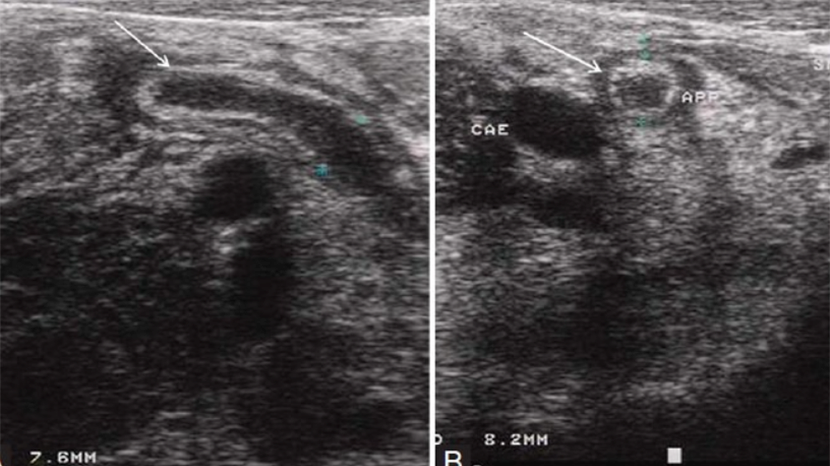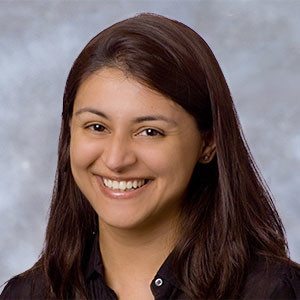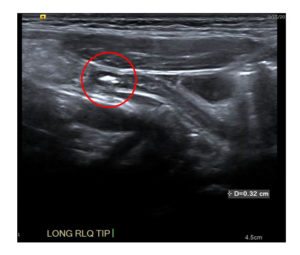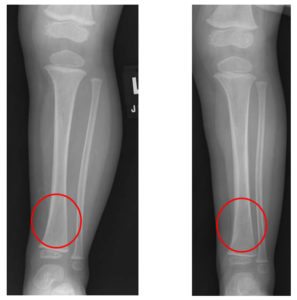
What’s Special About Children’s Radiology?

Children are little humans, but we can’t treat them like adults if they get hurt or sick. ARA’s Mueller Children’s Imaging Center specializes in giving children unique care.
Special training in radiology just for children
At ARA, eight of our more than 115 radiologists are specially trained to diagnose and treat children. These physicians went through the standard medical training program, then internships and residencies, and then they took additional training for one or two years and additional certifying exams specifically focused on children’s radiology. ARA also has pediatric technologists who are well trained and qualified at working with children, plus three sonographers who took additional registry in pediatric sonography aside from their regular qualifications. That means that ARA has an outstandingly qualified team, from the technologist that does your child’s scan to the radiologist that reads and interprets it.
What’s different about the care at ARA’s Mueller Children’s Imaging Center?
Kids are different emotionally and physically. When a child walks into our imaging center, we want to ensure they are comfortable, happy, and having fun as much as possible. So we have a playful décor with toys and distractions that help them stay calm and help the family feel comfortable. That’s not entirely to have a happy patient. With children, a happy and calm patient will be more still and relaxed, and the imaging will be better, and that, of course, is our goal – great imaging. So we really set the tone and environment that keeps children and families comfortable.
How does the actual radiology differ?
So radiology is different because kids are radiosensitive—more so than adults. So although CT is a life-saving technology, and we love it in pediatric radiology when we really need it, our goal is to image children in other modalities when we can in order to manage the child’s lifetime radiological dosage. We focus on ultrasound, MRI, and plain films. When we do need a CT, because there are times that’s the best way to look at a patient, we try to make sure that the child is comfortable and relaxed so that we can get the image in one scan. ARA supports the Image Wisely program, which is our promise to keep ionizing radiation as low as reasonably achievable.
Actual scans used in children’s radiology
The first scan (below) is an ultrasound of a normal appendix. Doing a child’s appendix scan requires a great deal of training and expertise because the structure is usually tiny (as small as 3mm) when it is normal. But it is such an important scan because once an inflamed appendix is ruled out as a source of abdominal pain in a child, we know that we do not have to do surgery immediately, that we don’t need a CT scan, and that we can move ahead to other possible causes. You can see the appendix here, circled in red.

Children’s Radiology Appendix Ultrasound
The next scan is an X-ray. It’s amazing to have physicians with subspecialization because, during your fellowship, you train your eyes and mind to look for specific signs. Children frequently have unwitnessed trauma and can’t tell how they hurt themselves. They will come limping with a musculoskeletal injury, and no one knows what happened. In this first X-ray, this little line goes across the tibia, and you have to train your eyes to see that fracture. It’s more evident in the second scan taken a few weeks later.

Children’s Radiology Leg Fractures X-ray
Expertise, partnership, and caring
Everyone who works at ARA’s Mueller Children’s Imaging Center, from the front desk people to the technologists and radiologists, has your child’s well-being in mind, both emotionally and physically. We are here to partner with your doctor, offer our expertise, set your family at ease during a difficult time, and, most of all, do what we can to help your child get better.
Instructions for Pediatric Examinations
 Back to Top
Back to Top